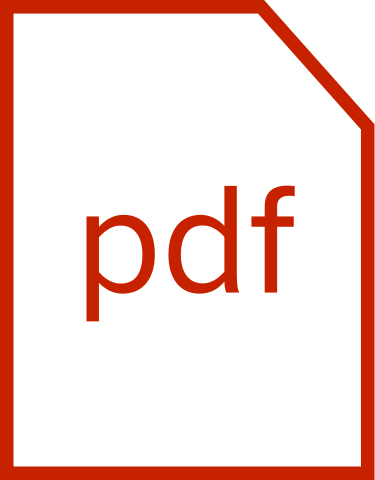Tips for Winterizing a Home - Tip Sheet by AlarmSystemReport.com
Charlotte, North Carolina (PRWEB) November 18, 2013 -- Winter means a big drop in temperatures, and it also means it’s time to do some work around the house. Winterizing a home can make it safer, more comfortable and more energy efficient. The professionals at AlarmSystemReport.com, a site that reviews alarm systems companies, created a list of the most important winterization tips. AlarmSystemReport.com provides consumers with unbiased information about the home alarm industry in every state, so whether a site visitor is searching for information about North Carolina security systems or Nevada security systems, the site has it all.
The following are the top tips to get a home ready for winter:
1. Turn off the water line that supplies water to all outdoor areas. Homeowners should also empty spigots and hoses. For homes with irrigation systems, it’s a good rule of thumb to have a professional come and empty the system, to prevent it from exploding.
2. Clean gutters to ensure that gunk doesn’t freeze inside them and cause damage.
3. Chimneys should be sealed at least every five years, which can prevent expensive and damaging leaks from occurring. This can be done by a professional, or if a homeowner is comfortable on a ladder, it’s a fairly easy DIY project.
4. Replace air filters throughout the house. Dirty filters make the heating system significantly less efficient, meaning a house won’t stay as warm, and energy costs will also be higher.
5. Consider installing a wireless home alarm system. Wireless systems are great for the winter, because they continue working even during a power outage.
6. Check the batteries on all smoke detectors and carbon monoxide detectors. Winter is a time when fire and carbon monoxide risks are at their highest, so going into winter, these devices should be working properly. It’s also a good idea to have lots of spare batteries on-hand.
7. Clear the path around any space heaters that may be located within a home. There shouldn’t be anything, including furniture, within three feet of space heaters—it poses a serious fire risk.
8. Program thermostats—and if the thermostats aren’t programmable, it may be worth replacing them. It generally costs less than a hundred dollars to replace old thermostats with programmable models, and it will save a lot of money on energy costs throughout the winter.
9. Search for drafts throughout the house using a lit candle or incense stick, and caulk or seal these drafty areas.
10. Block unused fireplaces with a screen to prevent warm air from escaping.
About AlarmSystemReport.com
AlarmSystemReport.com is the leading third-party provider of information pertaining to the home alarm industry. The company releases new reviews on a regular basis of top companies, including a recent Vivint review and an ADT review. Customers can compare companies and also find access to valuable coupons and discount codes on the site.
Steven Ordona, AlarmSystemReport.com, http://www.alarmsystemreport.com, 571-235-4565, [email protected]

Share this article